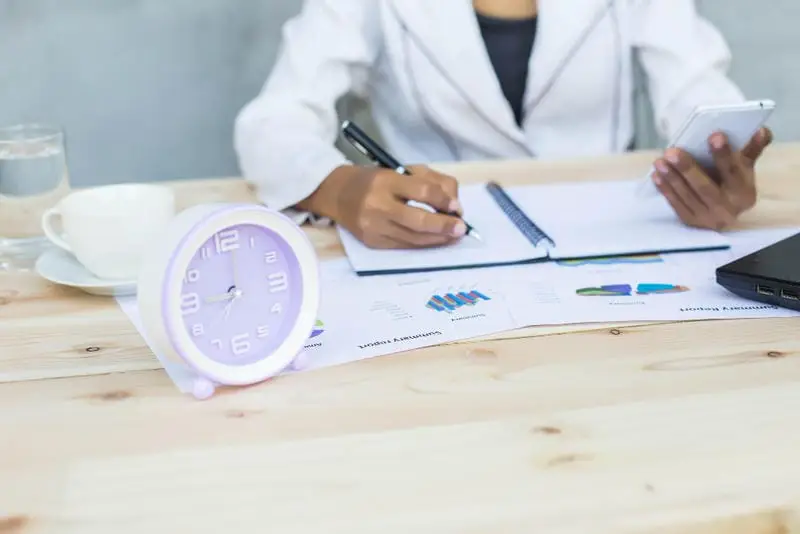- Published on: Apr 06, 2020
- 2 minute read
- By: Dr Rajan Choudhary
MicroRNA That Makes Them Fight COVID Better ?
Recently you may have read a New Delhi based International Center for Genetic Engineering and Biotechnology (ICGEB) sequenced the genome (genetic data) of SARS-COV-2 (coronavirus) from India, Italy, US, Nepal and Wuhan, China. They found that the Indian variant of SARS-CoV2 has the potential to be targeted by antiviral RNA within host cells, a feature that is unique to the Indian strain.
This amazing finding has been published on blogs, newspapers and other media as proof that Indians may not suffer as much as the rest of the world when the COVID-19 pandemic hits the country. One headline touted “MicroRNA in Indians may reduce severity of corona attack”, stating “Indians have comparatively better immunity compared to other countries”. Of course this article is being forwarded on WhatsApp, and enough people may take it as gospel. Is it true?
No.
If you want to know why, just look on the Journal’s website:
“these are preliminary reports that have not been peer-reviewed. They should NOT be regarded as conclusive, guide clinical practice/health-related behaviour, or be reported in news media as established information.”
Research is not easy. I could write a very long explanation for why, but I have summarised it below.
SUMMARY:
- To prove x causes y up to a high scientific standard is incredibly difficult
- Even if you think x causes y, someone might find a flaw in your study
- Numbers can be manipulated by statistics to show what you want to believe
- Reporters might not understand the study and mis-report it
- We all want to believe there is a magic cure that will protect us, that makes us special, immune to this disaster so we can get on with our lives. Unfortunately there simply isn’t one. And believing in them without fact checking can cause more harm than good.
IMMUNITY AGAINST COVID
So what about this study? Firstly it is looking at one tiny mechanism in a cell, when a cell can have millions of proteins responsible for a billion different functions in just the cell itself. Secondly it is not peer reviewed. This means no one has fact checked the study to check whether the design is valid, whether the statistics hold up, whether they have missed something or are making incorrect conclusions based off their data. Peer-reviewing a recent paper showing SARS-CoV-2 and HIV were extremely similar disproved this paper as false.
In the authors defence he acknowledges this:
“In our study, which is a purely computational one, we predicted that this microRNA binds to the SARS-Cov2 genome submitted from India. However, it is too early to comment on it because there is only one high coverage sequence from India, so far,”
Thirdly, the news article says that Indians have better immunity because of this “microRNA”. This is wrong. The study sequenced the genome of the virus, not of the Indian population. Antiviral microRNA is found in all people. The study simply suggests that this might be more effective at targeting the Indian strain of COVID, but it does not make any concrete claims that Indians are protected from COVID.
Again, the journal even states this:
“These are preliminary reports that have not been peer-reviewed. They should not be regarded as conclusive, guide clinical practice/health-related behavior, or be reported in news media as established information.”
But most importantly, even if the paper suggests that the Indian strain may be less potent, it does not give us an excuse to be reckless. We have to adhere to social distancing, hygiene, lockdown principles in order to prevent infection. Because what happens if you take the article stating “Indians have comparatively better immunity compared to other countries” as fact, use this as an excuse to go about your regular daily lives, and it actually turns out that the microRNA has little to no effect on COVID. This endangers yourself and those around you.
Be sensible. Listen to public health officials.
Dr Rajan Choudhary, UK, Chief Product Officer, Second Medic Inc
Our Services
Request A Callback
Recent Posts
TB disease symptoms
Dec 26,2025
early signs of hormonal imbalance
Dec 26,2025
common nutritional deficiencies in adults
Dec 26,2025
how air pollution impacts respiratory health
Dec 26,2025









